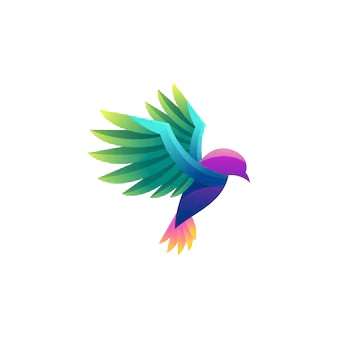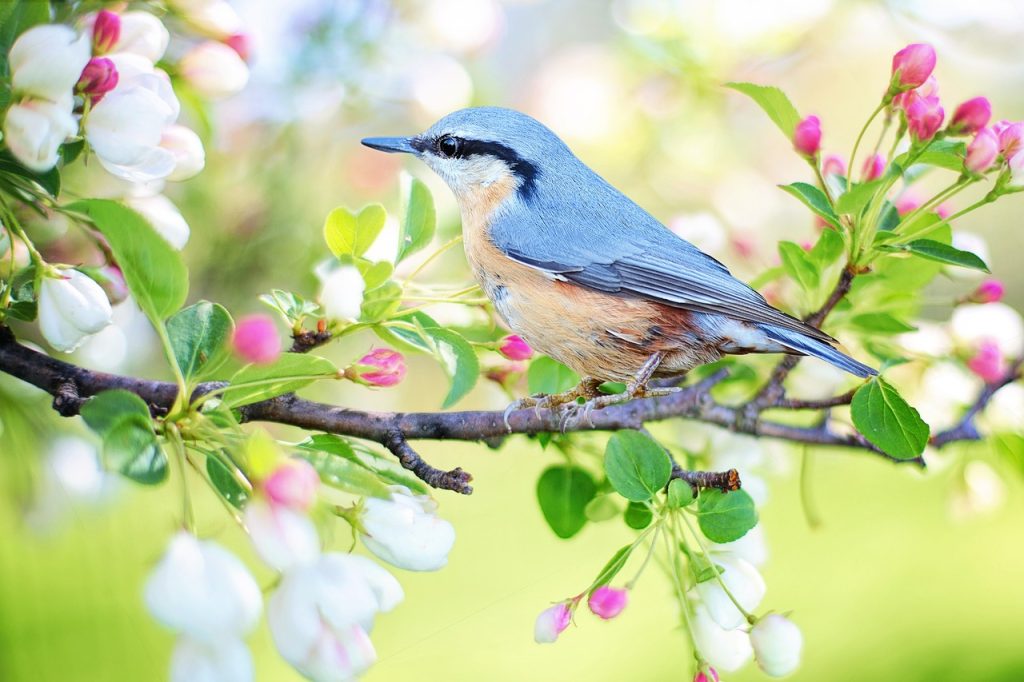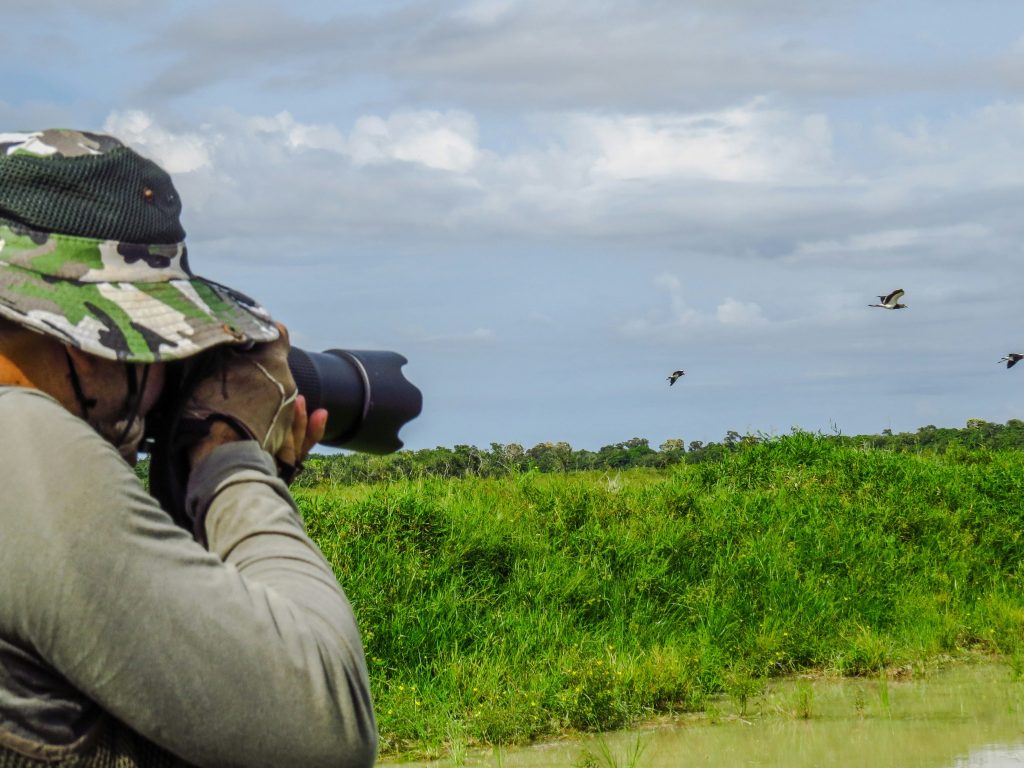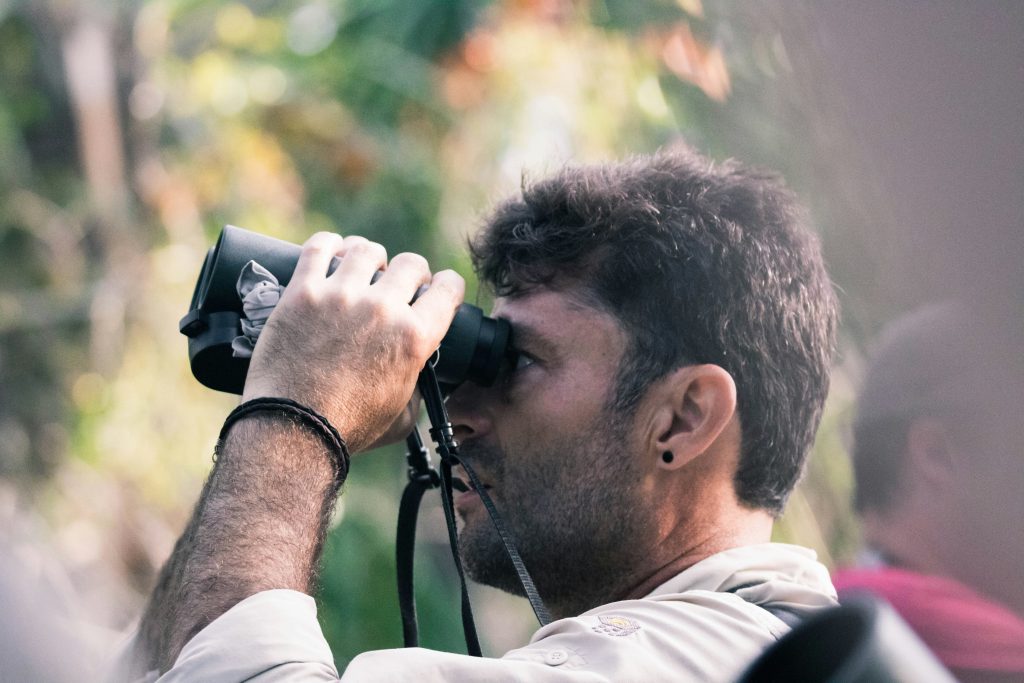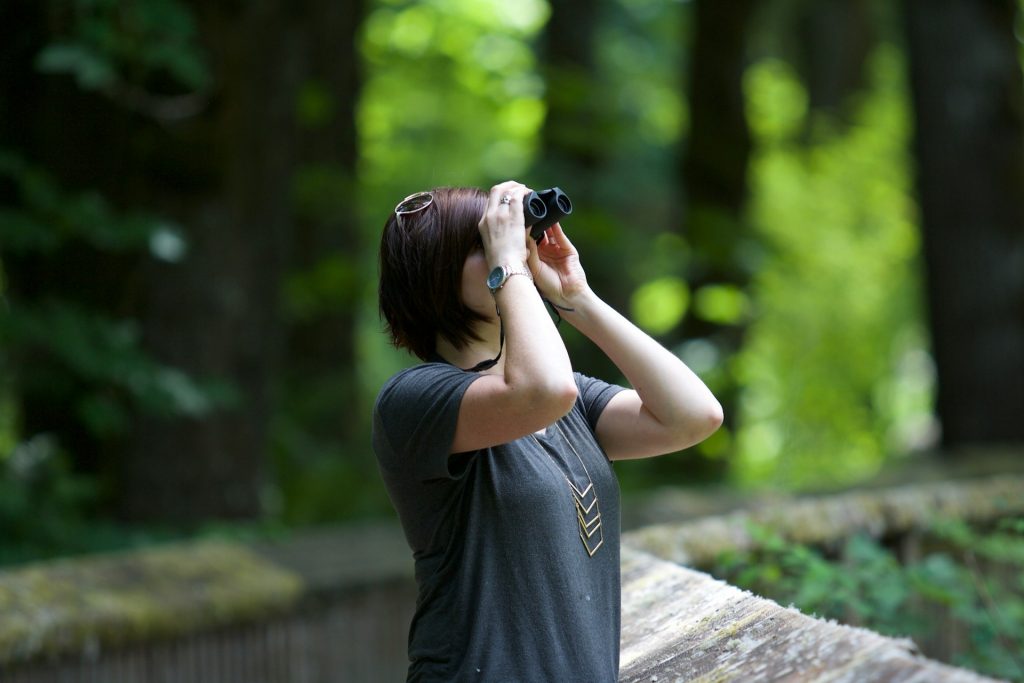Africa’s Birds of Prey: Masters of the Sky
Birds of prey, or raptors, are the apex predators of the skies. Equipped with exceptional vision, formidable talons, and powerful wings, these avian hunters are adapted for life at the top of the food chain. Africa, with its diverse habitats, hosts a variety of these magnificent birds. In this article, we explore the defining characteristics of raptors and highlight some of Africa’s most notable species. Understanding Raptors The term “raptor” comes from the Latin word “rapere,” meaning “to seize.” Raptors are defined by their evolutionary history and their carnivorous diet. While typically large and powerful, raptors vary significantly in size and hunting strategies. Africa’s diverse environments—from savannahs to forests—are home to hundreds of raptor species, each adapted to their unique ecological niches. Let’s delve into some of the continent’s most spectacular birds of prey. Eagles Eagles are emblematic of power and majesty. Africa is home to over twenty species of these formidable raptors, including the African Fish Eagle and the Martial Eagle. African Fish Eagle Recognizable by its white head, brown body, and black wings, the African Fish Eagle is found near rivers and lakes across sub-Saharan Africa. Its distinctive cry is a quintessential sound of the African wilderness. These eagles perch high in trees to spot fish, their primary prey, swooping down with precision to catch them with their barbed talons. Martial EagleThe Martial Eagle, often dubbed “the leopard of the sky,” is Africa’s largest eagle. With a wingspan reaching up to seven feet, these eagles are powerful hunters, preying on mammals, birds, and reptiles. Unfortunately, due to habitat loss and persecution, the Martial Eagle is now endangered. Other notable African eagles include the Crowned Eagle, Verreaux’s Eagle, Tawny Eagle, and African Hawk-Eagle. Snake Eagles Snake eagles, as their name suggests, specialize in hunting snakes. They have thick skin and physiological adaptations to resist snake venom. Brown Snake EagleThe Brown Snake Eagle, with its dark brown plumage and large head, is found in the woodlands of West, East, and southern Africa. These eagles are adept at hunting venomous snakes, often decapitating their prey before bringing it to the nest. Black-chested Snake EaglePart of a “superspecies” that includes Beaudouin’s Snake Eagle and the Short-toed Snake Eagle, the Black-chested Snake Eagle is another prolific snake hunter found across sub-Saharan Africa. Bateleur The Bateleur, known for its acrobatic flight, is one of Africa’s most striking raptors. With a distinctive appearance and ruffled plumage, these eagles inhabit woodlands and savannahs, hunting mammals, birds, and reptiles, and scavenging carrion. Despite their wide range, Bateleurs are endangered due to habitat destruction and other human-related threats. Owls Owls, with their mysterious allure, are fascinating nocturnal predators. Africa is home to around fifty species, including the Giant Eagle Owl and Pel’s Fishing Owl. Giant Eagle OwlAlso known as Verreaux’s Eagle Owl, this is Africa’s largest owl. Despite its size, it is rarely seen due to its secretive nature and preference for vast, undisturbed territories. These owls are powerful hunters, often targeted by farmers. Pel’s Fishing OwlOne of Africa’s largest owls, Pel’s Fishing Owl, is a robust bird found near rivers and lakes. It feeds primarily on fish and other aquatic animals. African Scops OwlAt just six inches long, the African Scops Owl is one of Africa’s smallest owls. Well-camouflaged in woodlands and forests, it is known for its distinctive call and agile hunting skills. Hawks Hawks are agile, intelligent predators known for their keen eyesight and powerful talons. In Africa, hawks like the African Harrier-Hawk, Black Sparrowhawk, and African Goshawk are common. African Harrier-HawkAlso known as the Gymnogene, this hawk is identifiable by its slate-grey plumage and double-jointed ankles, allowing it to reach prey in crevices. It inhabits various habitats across sub-Saharan Africa. Black SparrowhawkThe largest true hawk in Africa, the Black Sparrowhawk thrives in wooded areas and even urban environments, preying on medium-sized birds. African GoshawkThis raptor, found in dense woodlands and forests, preys on birds and small mammals. Its distinct call is often heard during early morning flight displays. Kites Kites are smaller raptors known for their forked tails and soaring flight. Species like the Yellow-billed Kite and Black-winged Kite are notable African representatives. Yellow-billed KiteWidespread across Africa, the Yellow-billed Kite is easily identified by its yellow bill. It thrives in various habitats and is a versatile feeder. Black-winged KiteAlso known as the Black-shouldered Kite, this raptor is often seen hovering over grasslands. It preys on rodents, lizards, and large insects. Vultures Vultures are scavengers essential for ecosystem health, helping to dispose of carcasses. Africa is home to several species, including the Cape Vulture and Lappet-faced Vulture. Cape VultureRecognizable by its large size and white plumage, the Cape Vulture is found in savannahs and grasslands. Unfortunately, this species is declining due to poisoning and habitat loss. Lappet-faced VultureThe Lappet-faced Vulture, with its bare head and large size, is a formidable scavenger. It faces threats from habitat destruction and human persecution. Bearded VultureAlso known as the Lammergeier, the Bearded Vulture is unique among vultures for its feathered head and lozenge-shaped tail. This species is at risk from poisoning and habitat loss. Falcons Falcons are renowned for their speed and agility. Species like the Peregrine Falcon and Lanner Falcon are found in Africa. Peregrine FalconKnown as the fastest animal on Earth, the Peregrine Falcon can reach speeds over 200 miles per hour during its hunting dives. It has a widespread range, including parts of Africa. Lanner FalconThis falcon is a versatile hunter, often seen in open habitats across Africa. It preys on birds and small mammals. Secretarybirds Secretarybirds are unique to Africa, known for their long legs and distinctive appearance. SecretarybirdThis large raptor hunts primarily on the ground, preying on snakes and small vertebrates. Its striking appearance and hunting style make it a fascinating species. Conclusion Africa’s raptors play vital ecological roles, from controlling pest populations to disposing of carrion. However, many face threats from habitat destruction, persecution, and human-wildlife conflict. Conservation efforts are crucial to protect these magnificent birds and ensure they continue to soar
